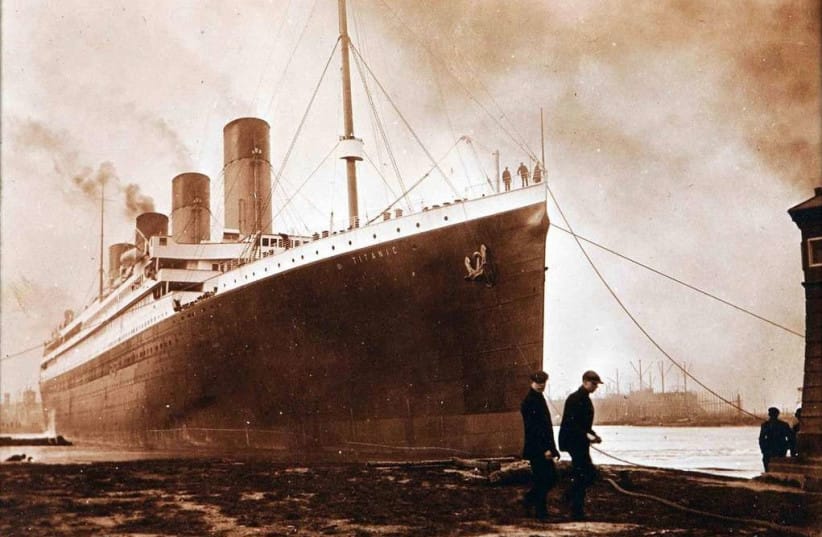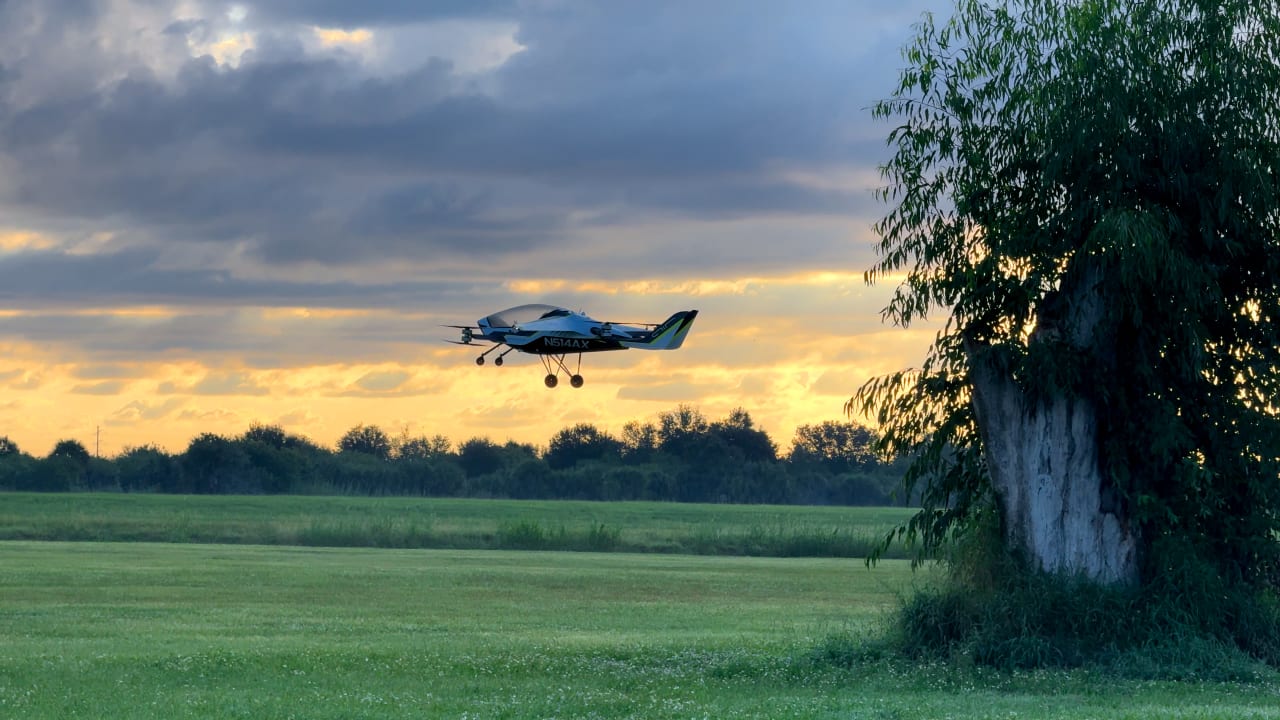A new study highlights the growing danger of falling space debris striking a passenger airplane or other aircraft. While such an incident hasn’t occurred yet, the potential consequences could be devastating, according to Interesting Engineering.
Researchers at the University of British Columbia have modeled the paths of falling rocket bodies and compared them to global flight data.
With the explosion of satellite launches, like SpaceX’s Starlink, and ever-increasing air traffic, the risk of a collision is rising rapidly.
“Uncontrolled reentries of space objects create a collision risk with aircraft in flight. While the probability of a strike is low, the consequences could be catastrophic. Moreover, the risk is rising due to increases in both reentries and flights,” the researchers wrote in the study paper.
The increasing number of satellites in orbit leads to a greater potential for objects to break apart or become defunct, thus increasing space debris.
Satellites eventually fall back to Earth. While many burn up harmlessly in the atmosphere, some pieces can survive reentry and pose a risk to aircraft.
Many private companies have been rapidly launching satellites to form huge constellations in orbit, which could further exacerbate the problem in the coming years.
The study revealed that over 2,300 rocket bodies are currently orbiting Earth and are destined to re-enter the atmosphere uncontrolled.
“The highest-density regions, around major airports, have a 0.8% chance per year of being affected by an uncontrolled reentry,” the study noted.
This rate rises to 26% for larger but still busy areas of airspace, such as that found in the northeastern United States, northern Europe, or around major cities in the Asia-Pacific region.”
Science Alert reported that even small pieces of debris, as little as one gram, can cause significant damage to a plane’s windshield or engine.
The Aerospace Corporation estimated the chance of a plane being hit by space debris at nearly 1 in 100,000 in 2021 – a risk that’s far too high.
The problem is compounded by the difficulty in tracking these falling objects. This often forces authorities to close large swathes of airspace as a precaution, causing flight delays and cancellations.
The “situation puts national authorities in a dilemma—to close airspace or not—with safety and economic implications either way,” the study noted.
This was evident in 2022 with the re-entry of the Long March 5B rocket body. Fortunately, the rocket ultimately landed in the ocean. However, the incident raised concerns about the safety of populated areas and the need for improved strategies to mitigate the risks posed by uncontrolled re-entries.
Researchers propose controlled rocket reentry as a solution to the space debris problem. Currently, this type of technology is reportedly used in less than 35% of launches. This would allow for targeted and safer re-entries.
The situation is only getting worse. Incidents like the large piece of space debris that crashed through a Florida home last year demonstrate the real and present danger.
Airspace authorities will face the challenge of uncontrolled reentries for decades to come, the study warned. The experts highlight that there needs to be urgent government and private sector collaboration. It shouldn’t take a disaster to force action.


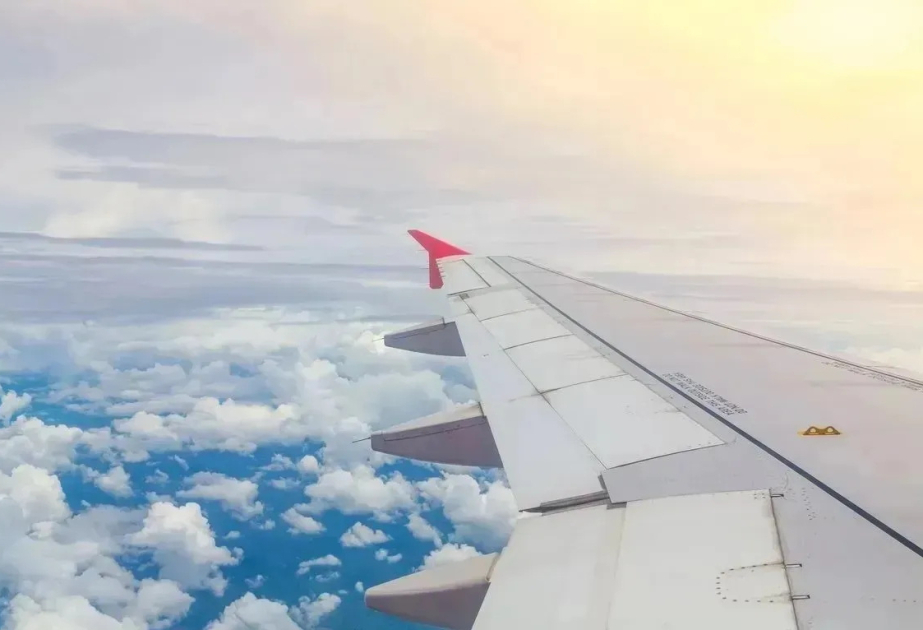


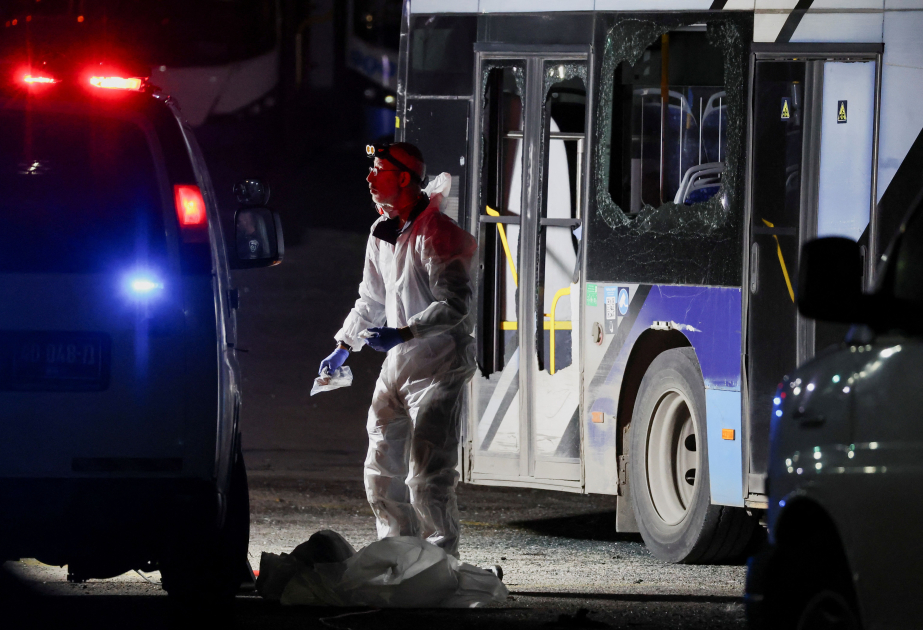
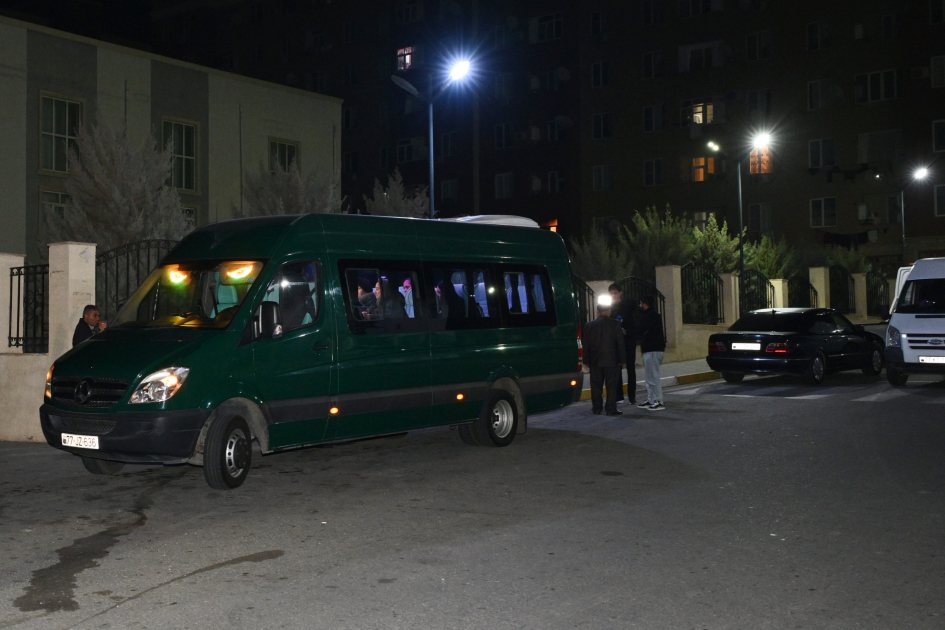
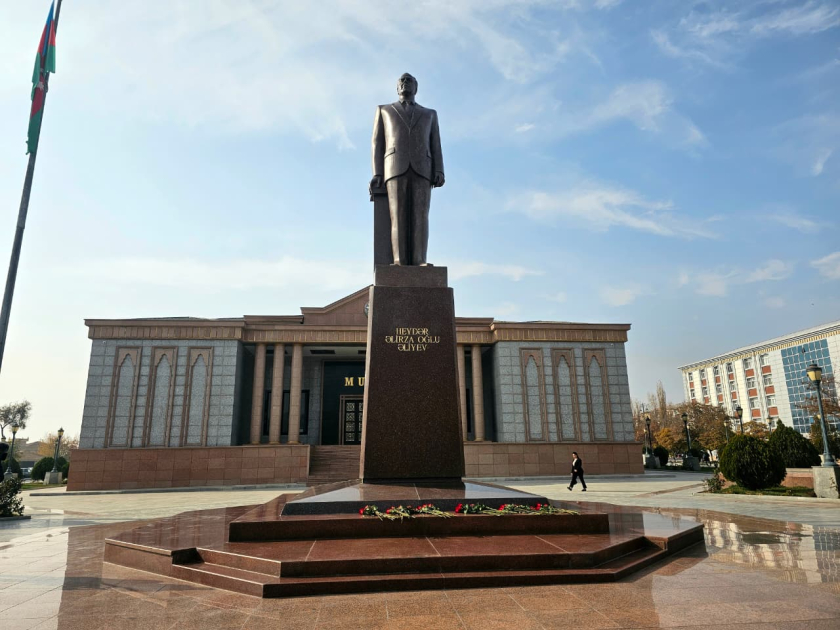

.jpg)







